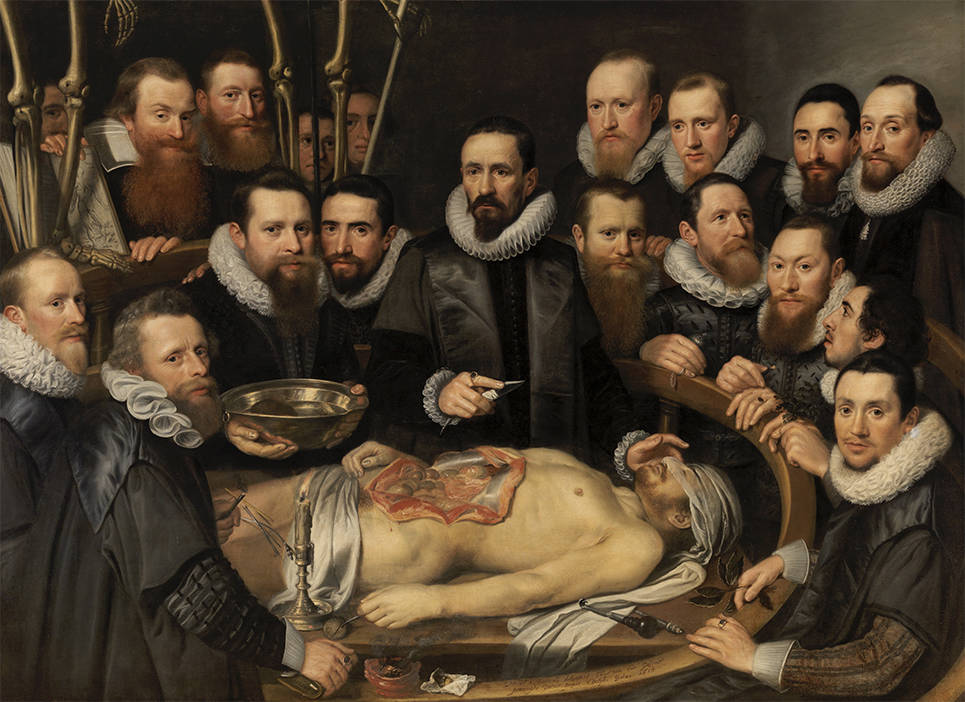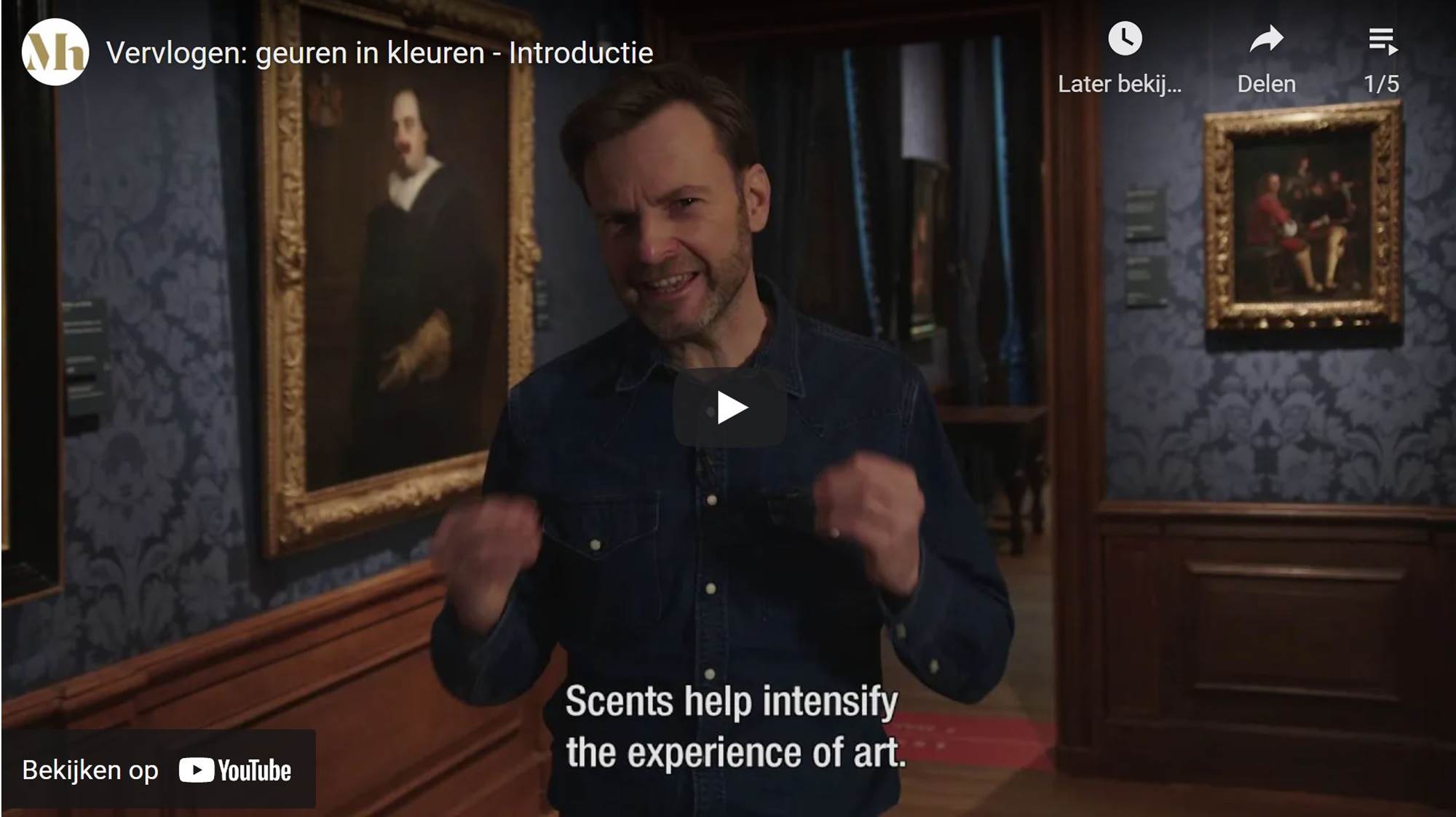
Have you ever wondered what an Amsterdam canal smelled like 400 years ago? It would have been pretty grim: excrement, waste materials and all kinds of filth were dumped into the water. The same water that poorer housewives then did their laundry in. Personal and general hygiene were far from what they are today. People were convinced that foul smells could harm their health. Luckily there were all kinds of tricks for disguising unpleasant smells and situations. Wealthy women carried a pomander on a chain, then an expensive fashion accessory. As well as looking good, this also meant they could also protect themselves against dangerous odours.





